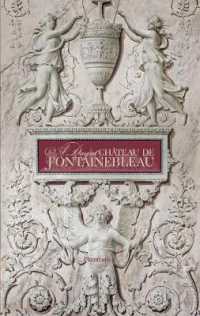Full Description
In this book Michael McCarthy and Ronald Carter describe the discoursal properties of language and demonstrate what insights this approach can offer to the student and teacher of language. The authors examine the relationship between complete texts, both spoken and written, and the social and cultural contexts in which they function. They argue that the functions of language are often best understood in a discoursal environment and that exploring language in context compels us to revise commonly-held understandings about the forms and meanings of language. In so doing, the authors argue the need for language teachers, syllabus planners and curriculum organisers to give greater attention to language as discourse.
Contents
General Editor's Preface
Introduction
Acknowledgements
1. Dividing the world of discourse
1.0 Introduction
1.1 Speech and writing
1.2 Frameworks for classifying spoken and written modes
1.3 Applying and refining frameworks
1.4 Monologue and dialogue
1.5 Text typologies
1.6 Genres
1.7 Conclusion
2. Observing and exploiting patterns
2.0 Introduction
2.1 Common core patterns of clause relations
2.2 Teaching suggestions
2.3 Embedded patterns
2.4 Openings an closings
2.5 The developing discourse
2.6 Thematic development
2.7 Conclusion
3. Linking and levels: grammar, lexis and discourse
3.0 Introduction
3.1 Grammar and discourse management
3.2 Tense, aspect and voice
3.3 Modality
3.4 Patterns and vocabulary
3.5 Naturalness
4. Literature, culture and language as discourse
4.0 Introduction
4.1 Conversational analysis: paragmatics and style
4.2 Analysing narratives
4.3 Repetition and rhetoric
4.4 Situations across cultures
4.5 Text and ideology
4.6 Teaching literature with a small 'l'
4.7 Discourse and cultural awareness: implications for the language learner
4.8 Teaching texts: curricular principles
4.9 Learning about language: some questions for discourse analysis
5. Designing the course syllabus
5.0 Introduction
5.1 The notion of 'discourse competence'
5.2 Analysis and classification
5.3 Analysis and the precursor of tasks
5.4 Putting analysis into the learner context
5.5 Analysis and materials evaluation
5.6 Refining and realizing the syllabus
Bibliography
Index





